M3 Grease Gun in the Cold War & Beyond
July 6th, 2021
8 minute read
The M3 “Grease Gun” was a weapon for its moment, one designed during the exigencies of World War II that met the demands it faced with great aplomb. But, its story did not finish with the ceasing of hostilities at the end of World War II. In fact, it would continue to soldier on through the tense decades of the Cold War era and beyond.
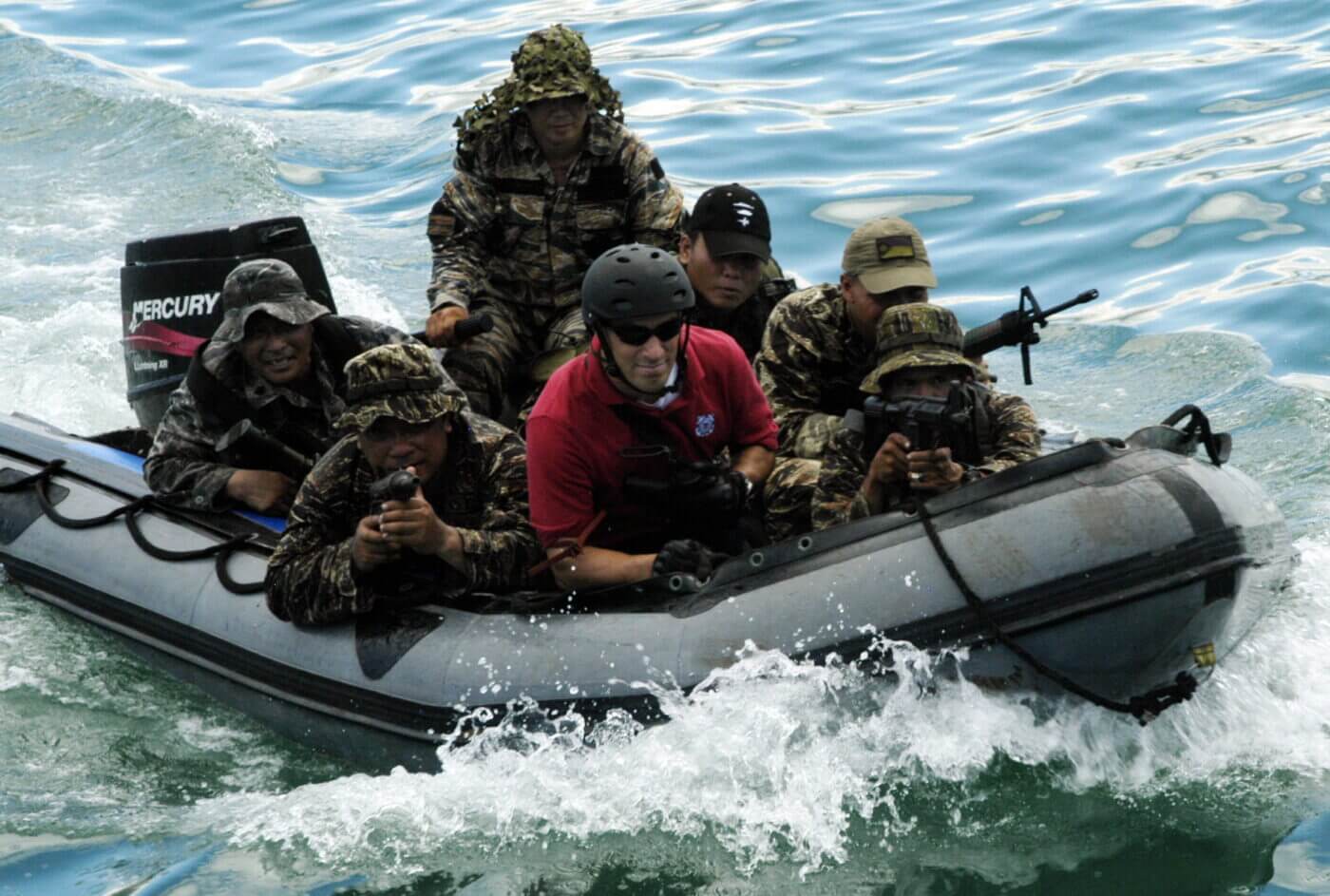
A Solid Foundation
While the M3 submachine gun (SMG) was one of the simplest firearms ever produced in America, U.S. Ordnance believed that the SMG could be simplified even more. The simple and robust weapon proved to be a workhorse, and one that fulfilled its mission will. However, it was discovered that it did need some “tweaks” to make it even better.
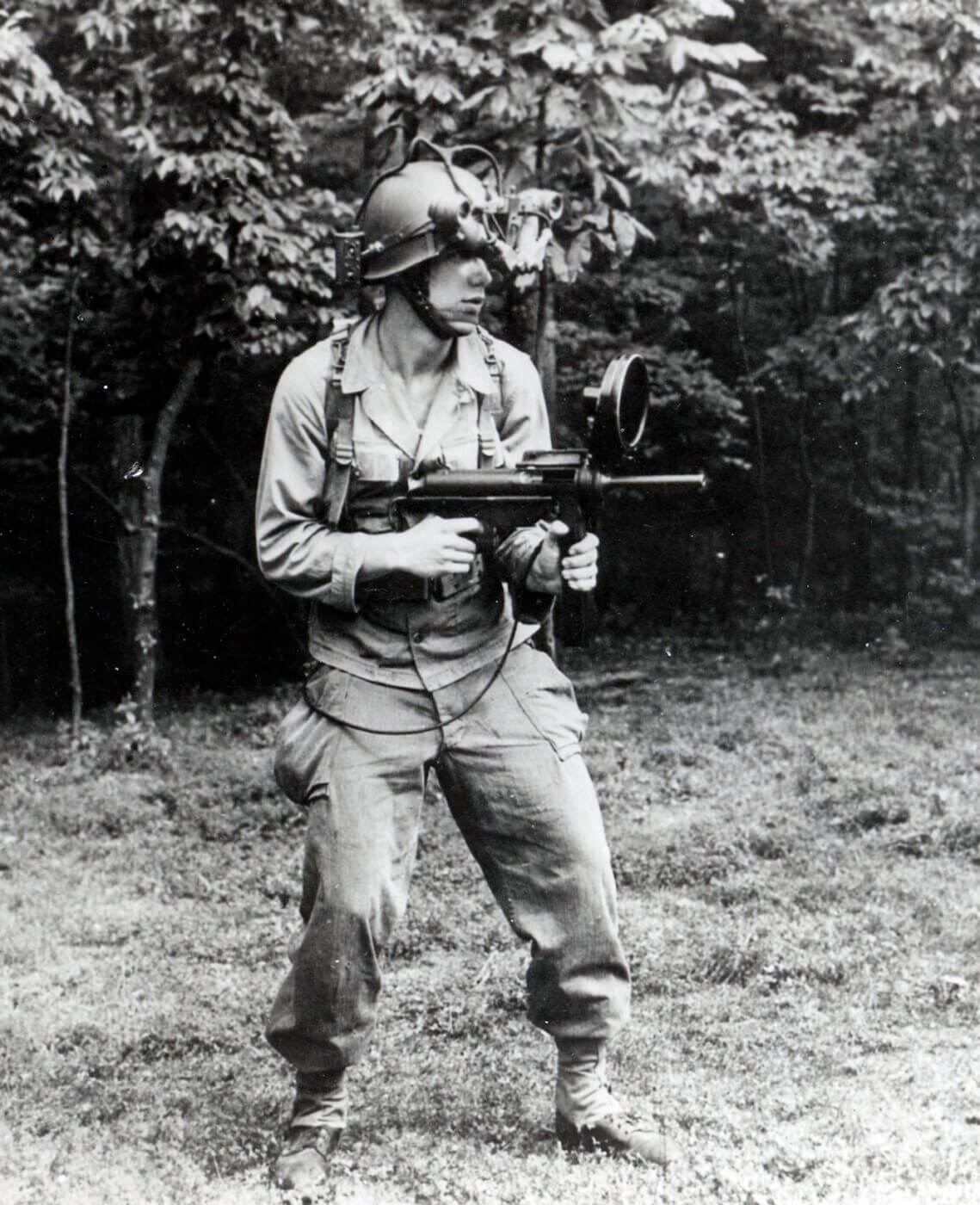
Research was conducted into how the M3’s cocking handle could be improved, which was discovered to be a bit fragile. The ultimate solution? Simply removing it. The fragile crank-like cocking lever was discarded and replaced by a cocking slot that was machined into the bolt itself. The firer simply uses their finger to retract the bolt.
It was also learned in combat that the single-feed magazines for the Grease Gun are difficult to load by hand, and so an efficient loading tool was welded directly into the wire stock. With these and a few other revisions complete, the new M3A1 was officially adopted on December 21, 1944.
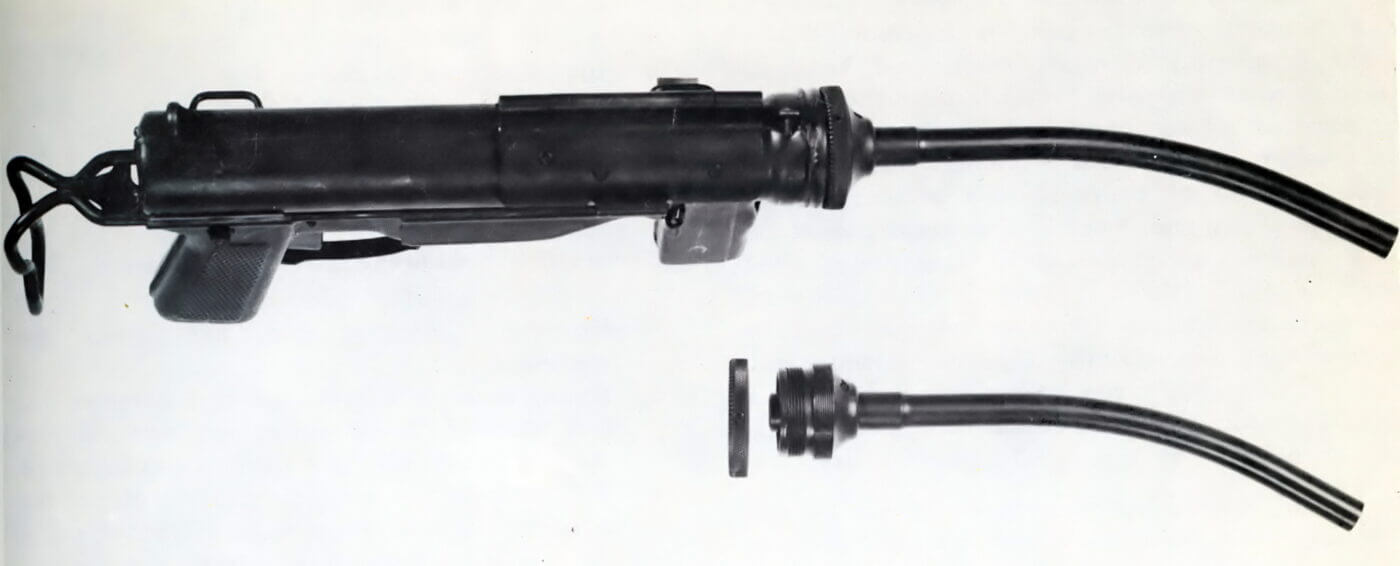
While the M3 SMG was intended to replace the Thompson SMG, this never fully took place. There were slightly more than 15,000 M3A1 SMGs produced by the end of World War II, and then a further 33,000 made it into the Korean War. The M3A1 was the standard U.S. submachine gun until 1957, when the new M14 rifle was adopted, which was intended to replace the M1 rifle, the M1/M2 Carbine, the Browning Automatic Rifle, along with the M3A1 and any remaining Thompson submachine guns.
The Korean War
The M3 and M3A1 saw considerable service in Korea, even as the U.S. Military began to minimize submachine guns. In the late 1940s, there was a short-term focus on the large amount of M1 Carbines. Shortly after World War II, a massive arsenal rebuild program upgraded a huge number of M1 Carbines, adding an improved rear sight, a better safety, a bayonet lug, a 30-round magazine, and most significant — selective fire capability.
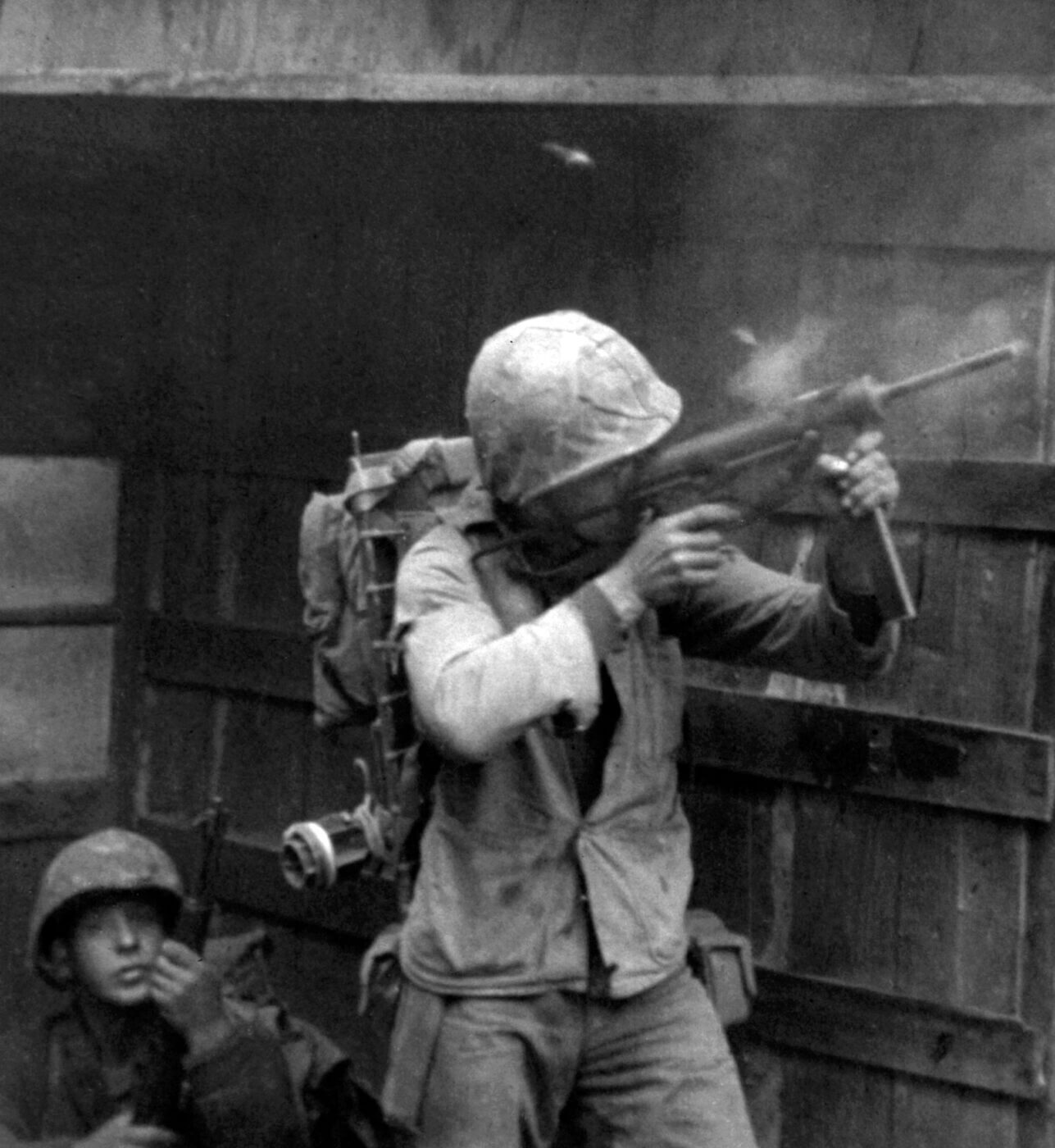
The M1 Carbine was originally designed to replace the pistol and submachine gun in the U.S. arsenal, but this never happened during World War II. Adding full-auto capability to the M1/M2 Carbine was originally believed to make it a realistic replacement for the SMG, but this was never realized either. Early experiences with the select-fire Carbine in Korea were disappointing, and the weapon earned a mostly undeserved poor reputation.
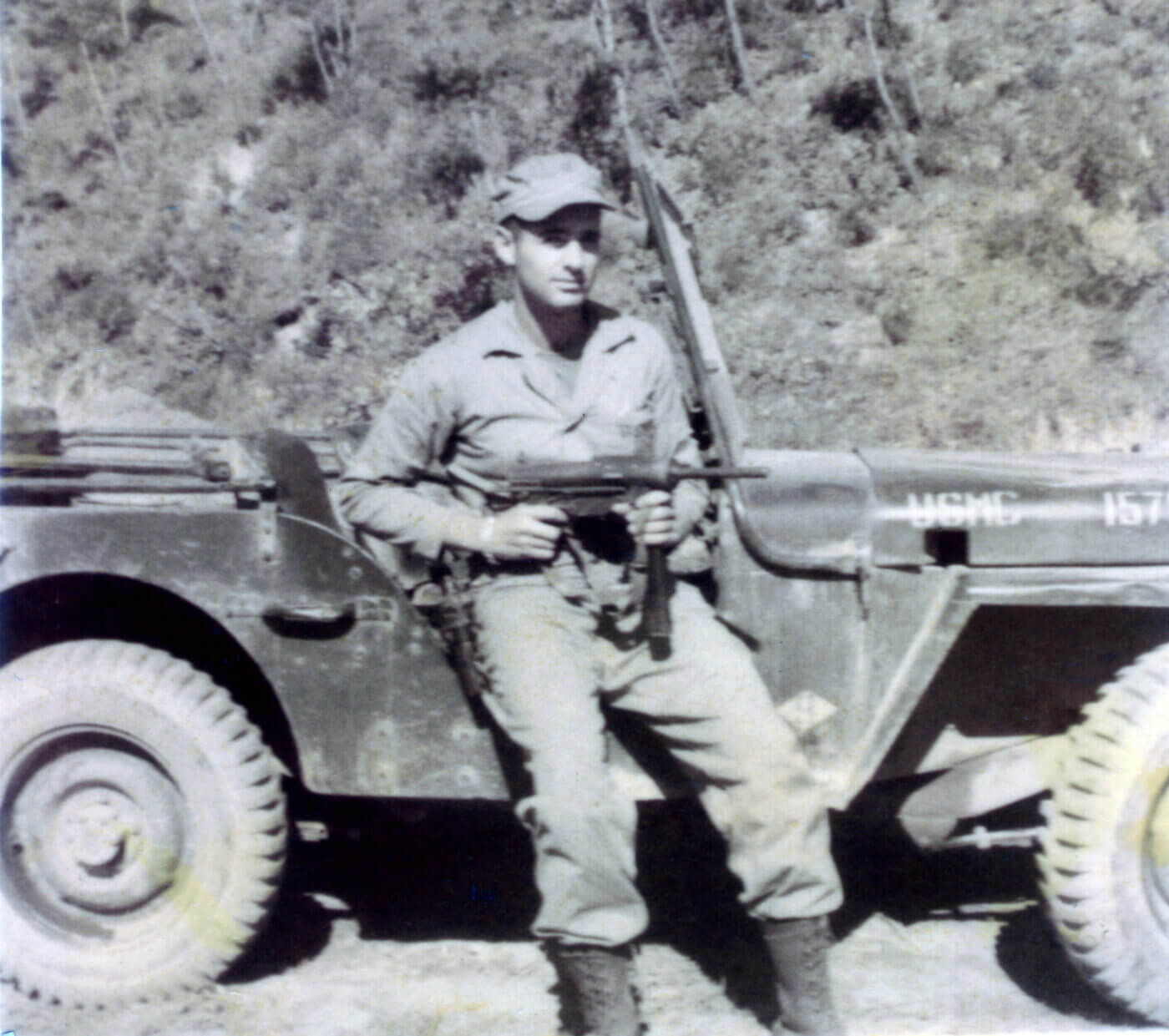
Once again, the U.S. Military looked for a legit submachine gun to fill the ranks with short-range firepower. To meet the increased demand during the Korean War, Ithaca Gun Company built 33,200 M3A1s, along with thousands of replacement parts for the Grease Guns made during WWII. Despite the onset of jet technology, ballistic missiles, and the atomic bomb, the old SMG concept was not going away — particularly when the infantry combat got down and dirty at close range. The Grease Gun thumped out those big .45 ACP slugs at communists the same lethal way it had against Nazis.
The Tankers’ Gun
When the collapsing stock M3 SMG was initially designed, it was envisioned for use with airborne troops and armored vehicle crews. While the M3 was certainly used by these troops during WWII, the common impression of the Grease Gun was that it was a weapon for the foot-slogging infantrymen. By the end of WWII, most U.S. main battle tanks and armored fighting vehicles were equipped with racks for the compact M3 and M3A1 SMGs.
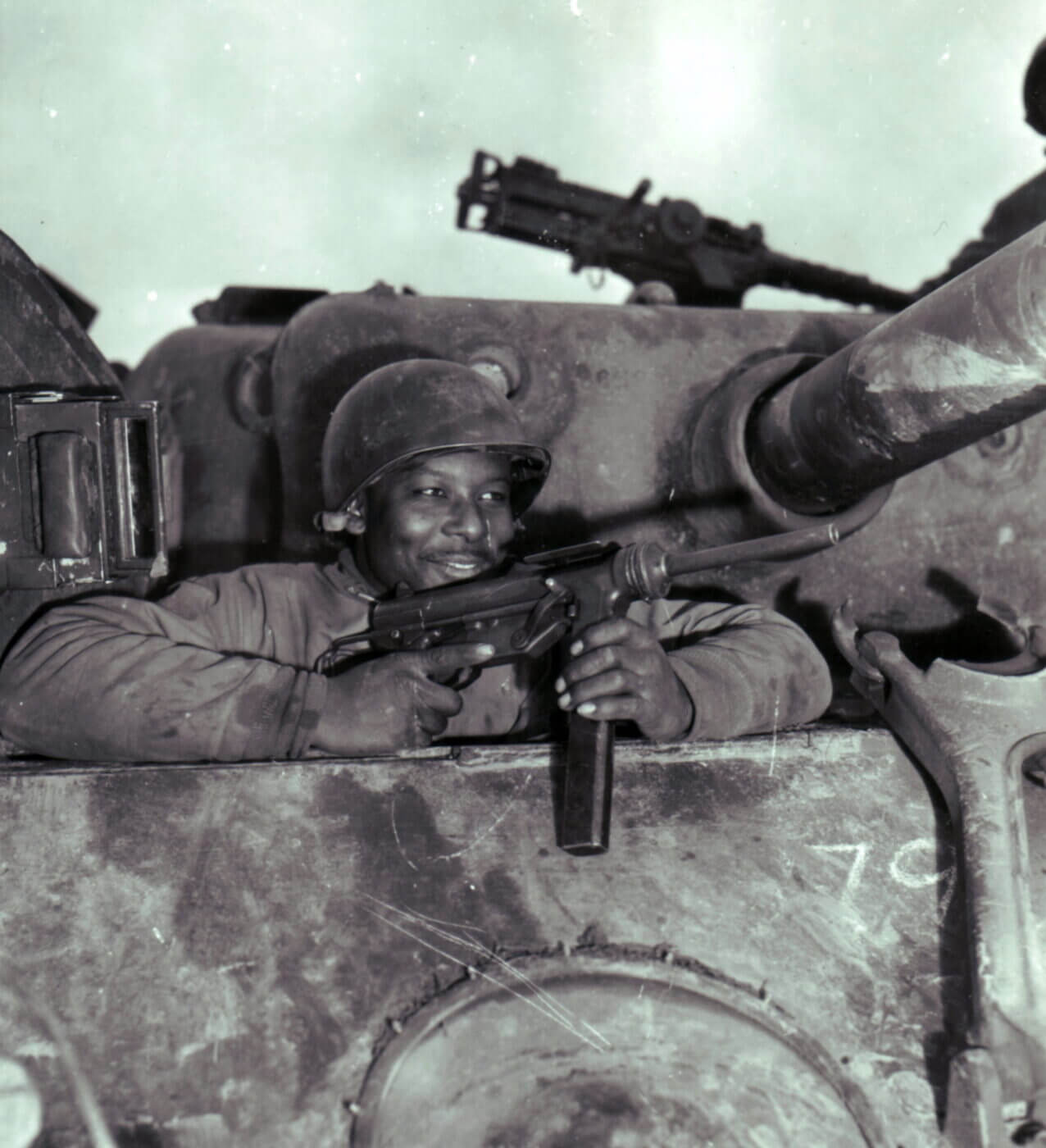
Even as the U.S. Military began to retire its SMGs, the M3A1 quietly lingered in many generations of America’s armored fighting vehicle, particularly the M60 main battle tank, in service until the late 1990s. U.S. tank crews report the M3A1 SMG carried in their vehicles until after the Gulf War of 1991. The all-metal Grease Gun was still in service even after the Soviet Union fell and the Cold War faded away.
One of my old pals served aboard a M106 mortar carrier based in the Fulda Gap in Germany during the early 1980’s, where most U.S. Army troops’ life expectancy was calculated in just a few minutes should World War III break out. He mentioned that the M3A1 was carried in many of their vehicles and that the Grease Gun was a favorite to shoot on “range day” at least once a year.
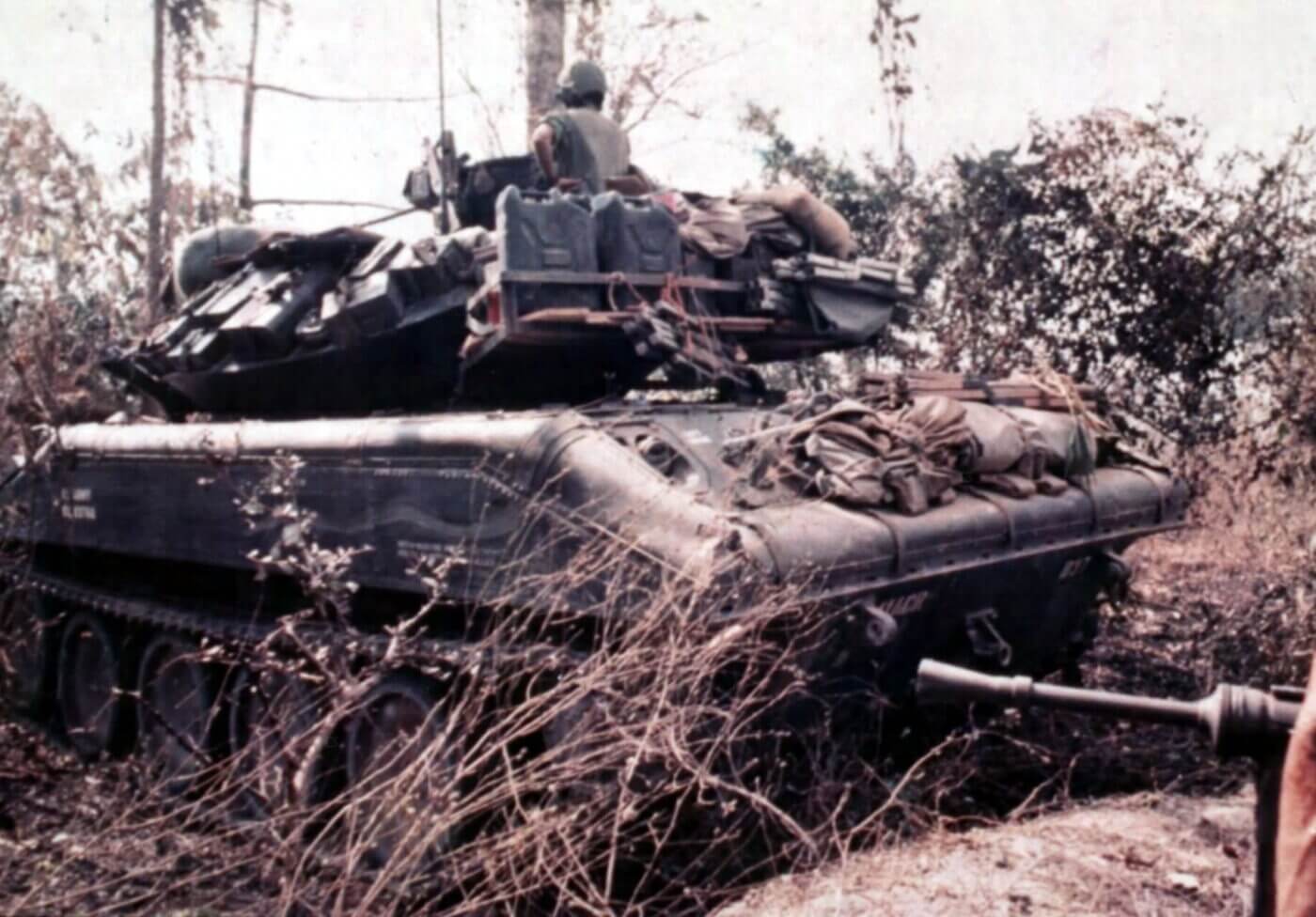
He commented: “We never got to fire too many rounds through them, and some of the M3s were in kind of rough shape, like our M1911 pistols. The tankers would carry the Grease Guns on guard duty in Germany. I never saw one with a flash hider, and the magazines were a bitch to reload.”
In some ways it seems like the U.S. Military planners forgot about the well-aged M3A1s resident in America’s armored vehicles as the years went by. Regardless, there was nothing of equal compactness or firepower to replace the old SMGs, and so they continued to serve — some nearly 50 years after their manufacture! If a tank crew needed a personal defense weapon with short-range firepower, the Grease Gun was there to provide it.
The simple, uncelebrated M3A1 SMG stayed in service until there was a comparable, modern replacement. A “Stars & Stripes” article from August 2008 mentions: “Throughout the Army, the M-4 is replacing the M16, the M3 submachine gun and the M9 pistol in select cases for unit leaders, crew-served gunners, vehicle crews, radio operators, infantry and combat engineers … .” More than 60 years of service is quite an impressive record for an inexpensive SMG that rarely gets any publicity.
Suppressed Grease Guns
During World War II, the U.S. Office of Strategic Services (OSS) requested that the M3/M3A1 SMG be fitted with a suppressor for use in their clandestine operations (To see a possible example of one of these OSS suppressed M3 SMG’s that turned up in the Philippines, click here).
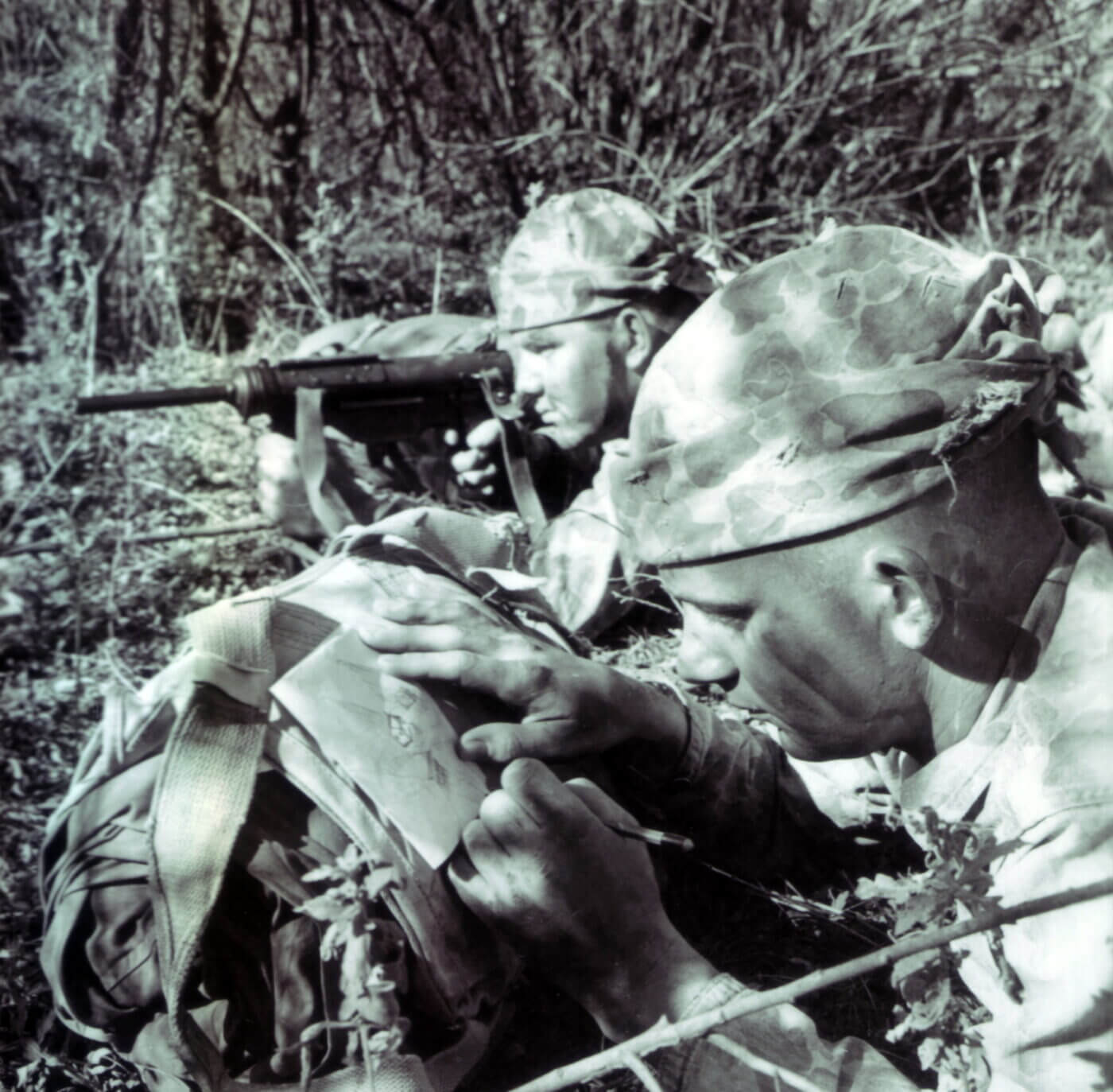
The following comes from a US Infantry Board report, dated August 2, 1945:
“The subject baffle-type silencer and/or flash hider screws into the receiver of the M3 and M3A1 SMG in place of the barrel and is designed to silence the report and hide the muzzle flash. The subject silencer has a perforated barrel, surrounded by a roll of wire screen and a metal tube. Ahead of and screwed on the barrel is a smaller metal tube filled only with wire screen washers. A metal cap screws on the muzzle end of this smaller tube, holding the washers in. The silencer adds approximately 1.65 pounds to the weight of the gun, and about 6.5 inches to the length of the gun.
“Does not produce any greater accuracy when fired from stable positions, but due to added weight of the gun and length of the barrel does give better accuracy when fired from sitting or standing positions. Reduces distance from which the gun can be heard by approximately 66%. Causes emission of excess smoke from the muzzle and breech of the gun, interfering with the firer. Completely eliminates flash from the gun whereas the gun without silencer could be seen about 20 – 25% of the time 150 yards to the front.”
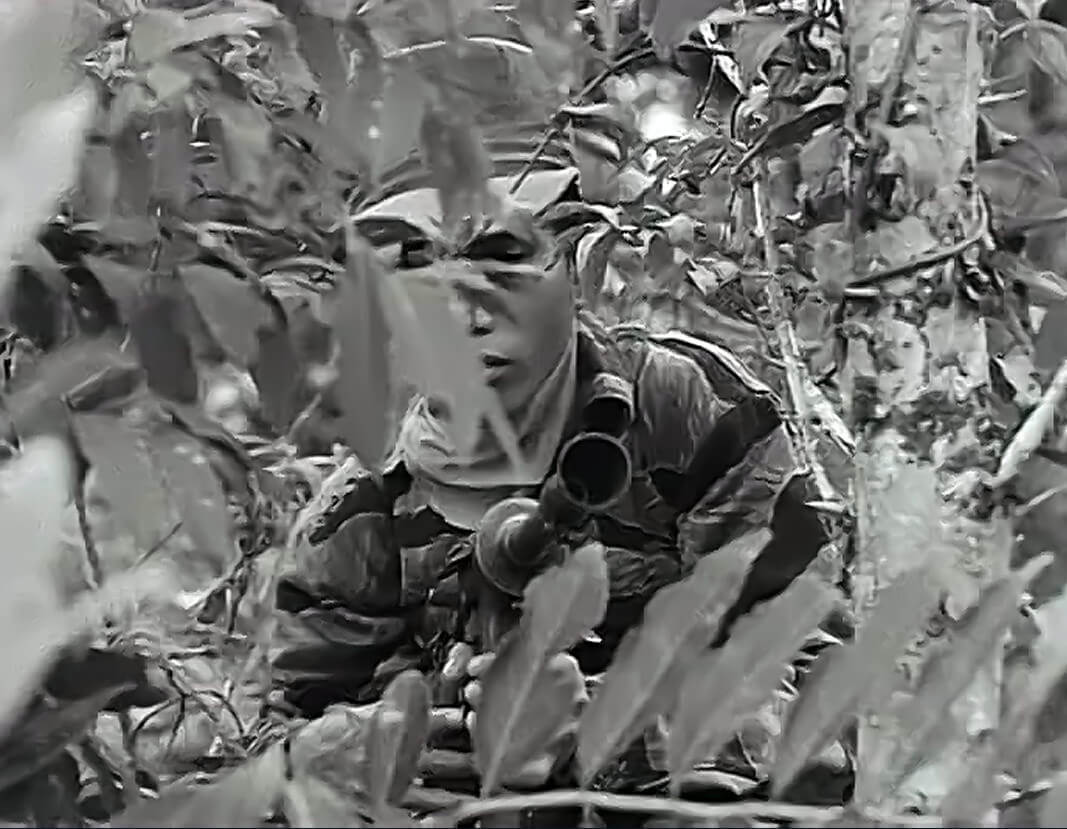
The infantry board determined that the suppressor (called a “silencer”) was unsatisfactory for infantry use. However, they did approve of the T-34 flash hider, but this was only made in small numbers until it was finally standardized as the “Hider, Flash, M9” during the early 1950s. Regardless, few M9 flash hiders ever made it on to M3/M3A1 guns.
Cold War Special Ops, & Beyond
The compact M3A1 was quickly adopted by America’s special forces as they were developed during the 1950s. During the Vietnam War the M3A1 saw service as a standard submachine gun with U.S. forces as well as the South Vietnamese forces (ARVN). US advisors also provided them to Montagnard and South Vietnamese militias. Helicopter crews often carried the M3A1 as an emergency weapon in case of a crash in hostile territory.
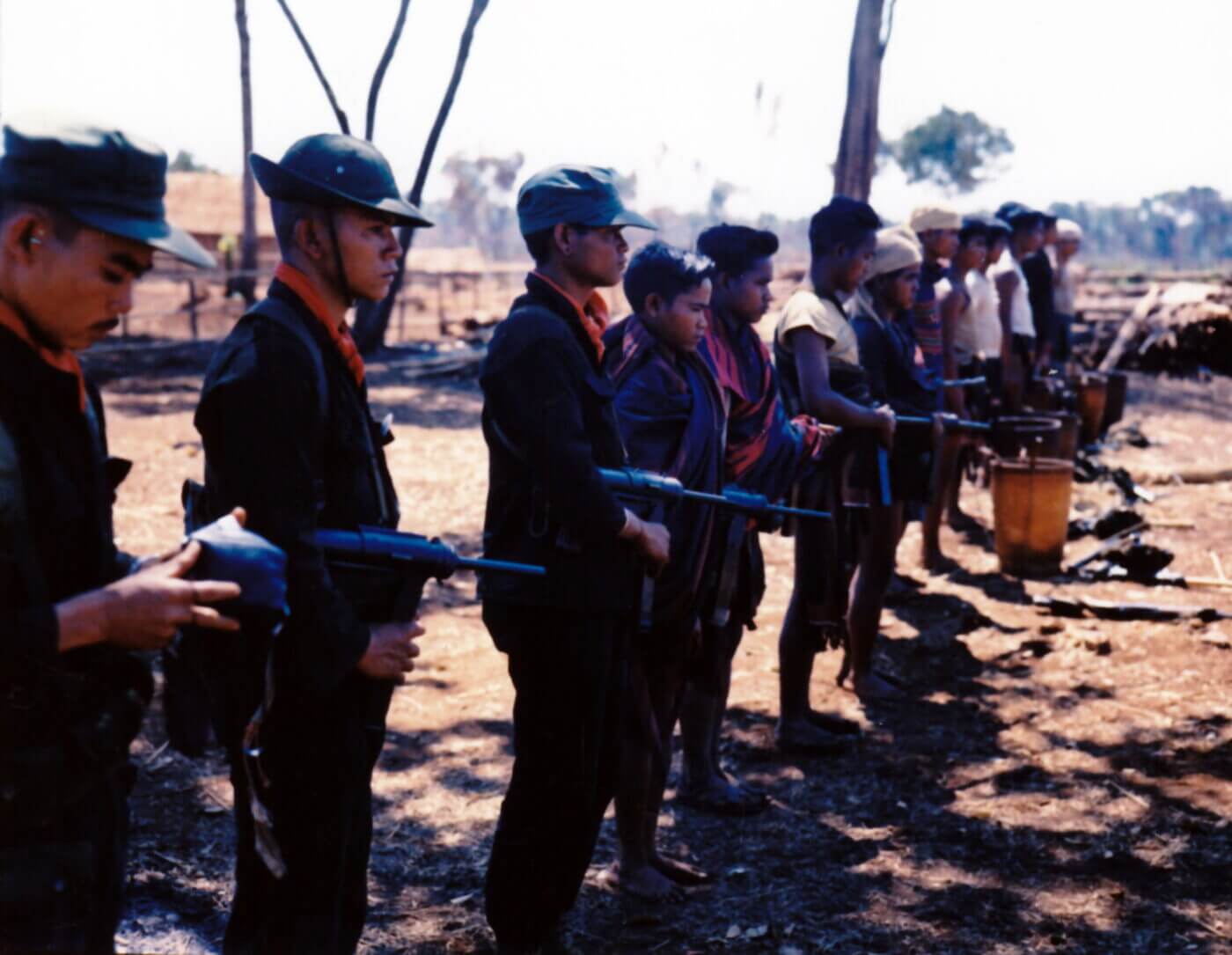
The M3/M3A1 was used by both sides as the Viet Cong acquired Grease Guns, often stolen from ARVN stocks. Meanwhile, suppressed M3A1s were used on occasion by USMC Force Recon, Navy SEALs and Army LRRPs on their secretive operations behind communist lines.
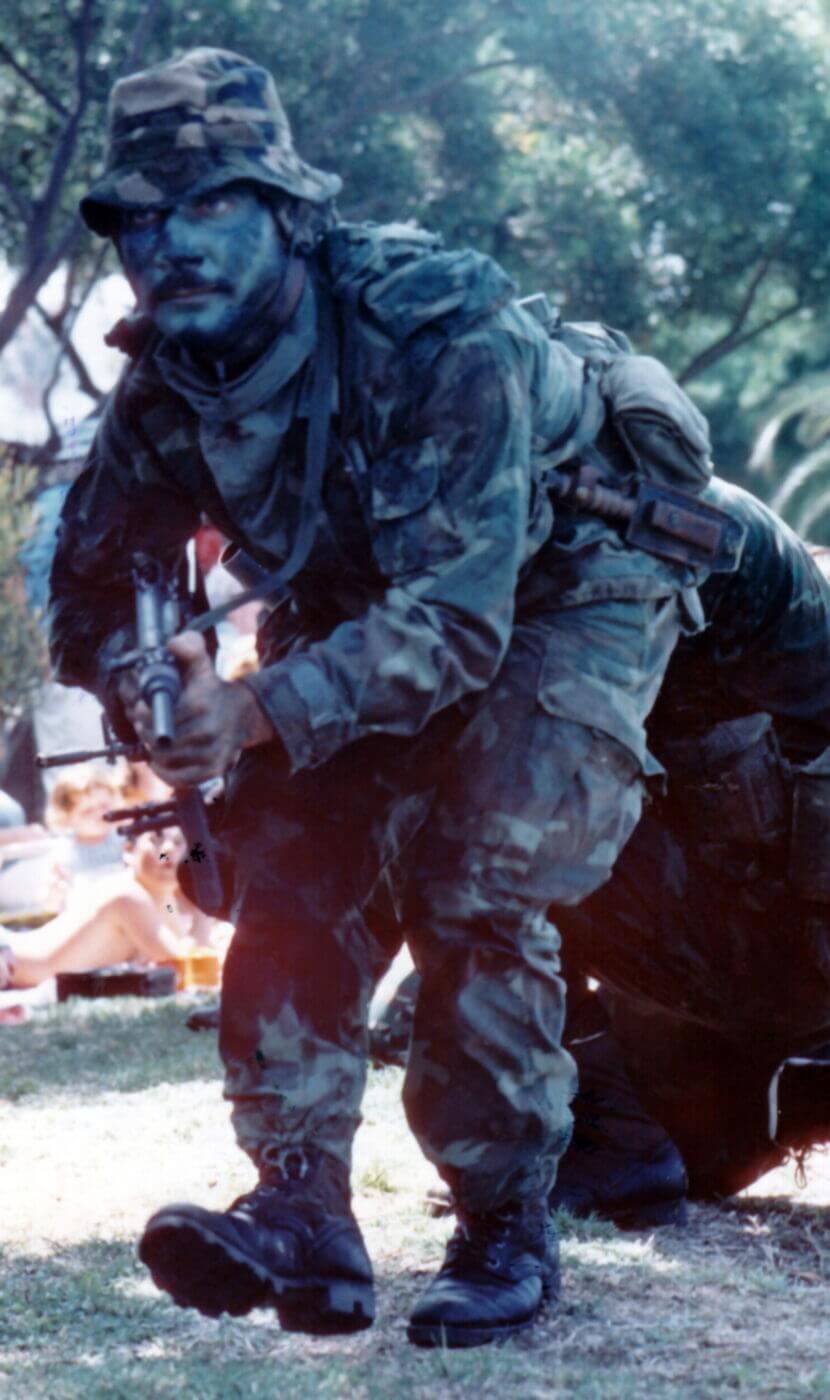
After Delta Force was formed during 1977, the M3A1 was their initial “suppressed” SMG. There have been contradictory statements made about suppressed M3A1s carried by Delta Force during the abortive Operation Eagle Claw, the attempt to rescue the U.S. hostages in Iran on April 24, 1980. Some say that the M3A1 was there, others say that some Special Forces operators carried suppressed 9mm MP5 SMGs instead.
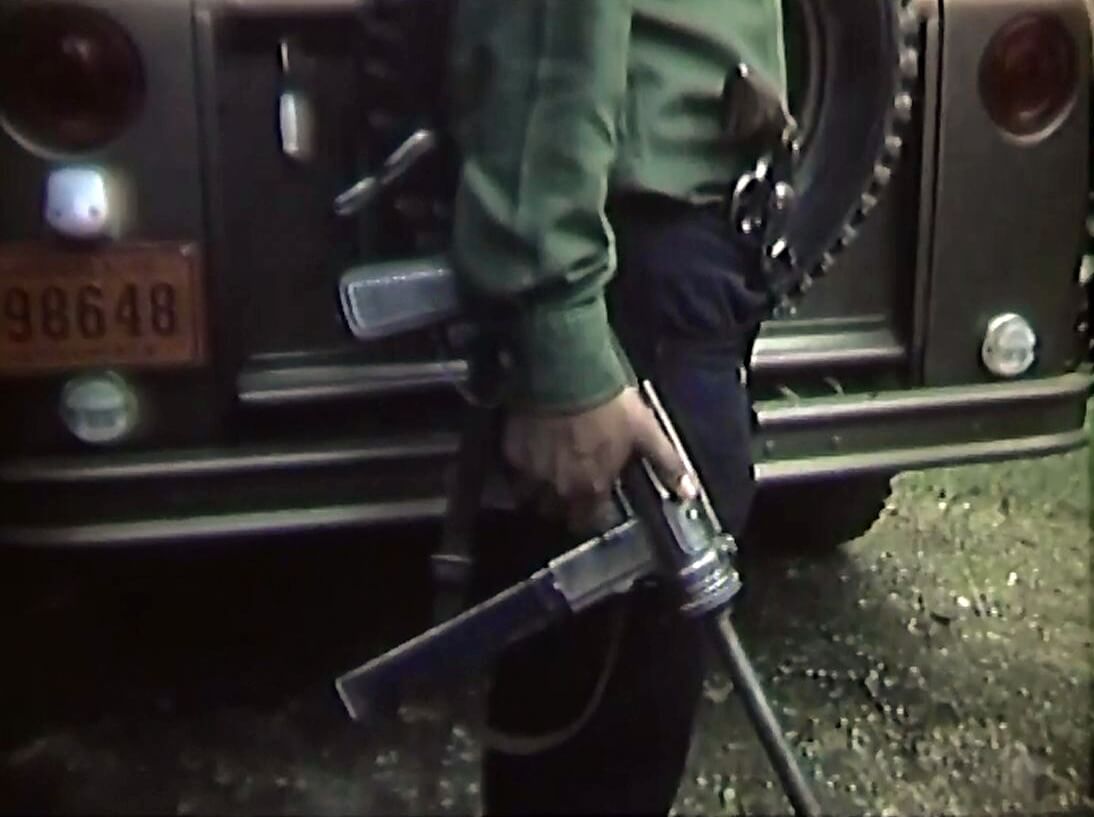
The M3A1 still soldiers on in a few places. When the Philippine Navy faced financial cutbacks, their Special Warfare Group refurbished Grease Guns with a suppressor, Picatinny rail, and a laser sight. The old warrior can still fight.
Editor’s Note: Please be sure to check out The Armory Life Forum, where you can comment about our daily articles, as well as just talk guns and gear. Click the “Go To Forum Thread” link below to jump in and discuss this article and much more!
Join the Discussion
Continue Reading
Did you enjoy this article?

 178
178






